Understanding Photodynamic Therapy (PDT)
A Guide to Root Causes, Symptoms, and Healing Strategies
As a biohacking and regenerative medicine experts with over 20 years of experience, we've seen photodynamic therapy (PDT) evolve into a powerful tool for targeted healing. PDT combines light-sensitive agents with specific wavelengths of light to activate cellular destruction in abnormal tissues, making it a non-invasive option for skin conditions, cancer, and emerging regenerative applications. In this article, we'll break it down step by step, so you can understand its potential and explore how it fits into modern wellness protocols. Think of PDT as a "light-activated precision strike"—selectively eliminating damaged cells while sparing healthy ones, paving the way for regeneration.
Root Causes and Symptoms
PDT is often used to address conditions rooted in abnormal cell growth or inflammation, such as actinic keratosis (pre-cancerous skin lesions from sun damage), acne (caused by bacteria and oil buildup), or certain cancers (e.g., superficial skin or lung tumors from genetic mutations or environmental factors). Root causes include prolonged UV exposure, bacterial overgrowth, or chronic inflammation leading to cellular mutations.
Symptoms vary by condition: rough, scaly patches for actinic keratosis; persistent pimples and cysts for acne; or visible lesions and pain in early-stage cancers. In regenerative contexts, PDT targets symptoms like delayed wound healing or scarring from injuries, where poor blood flow or infection hinders recovery.
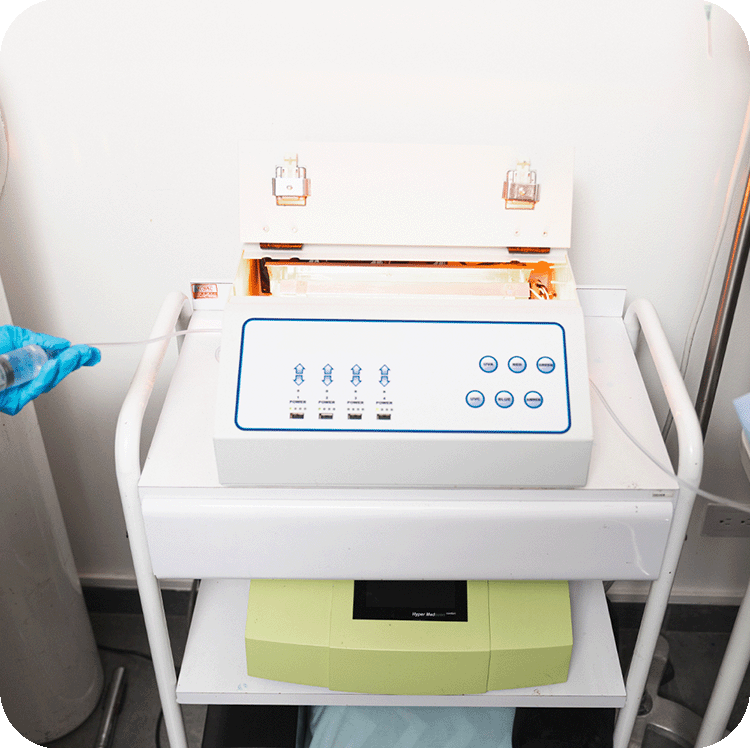
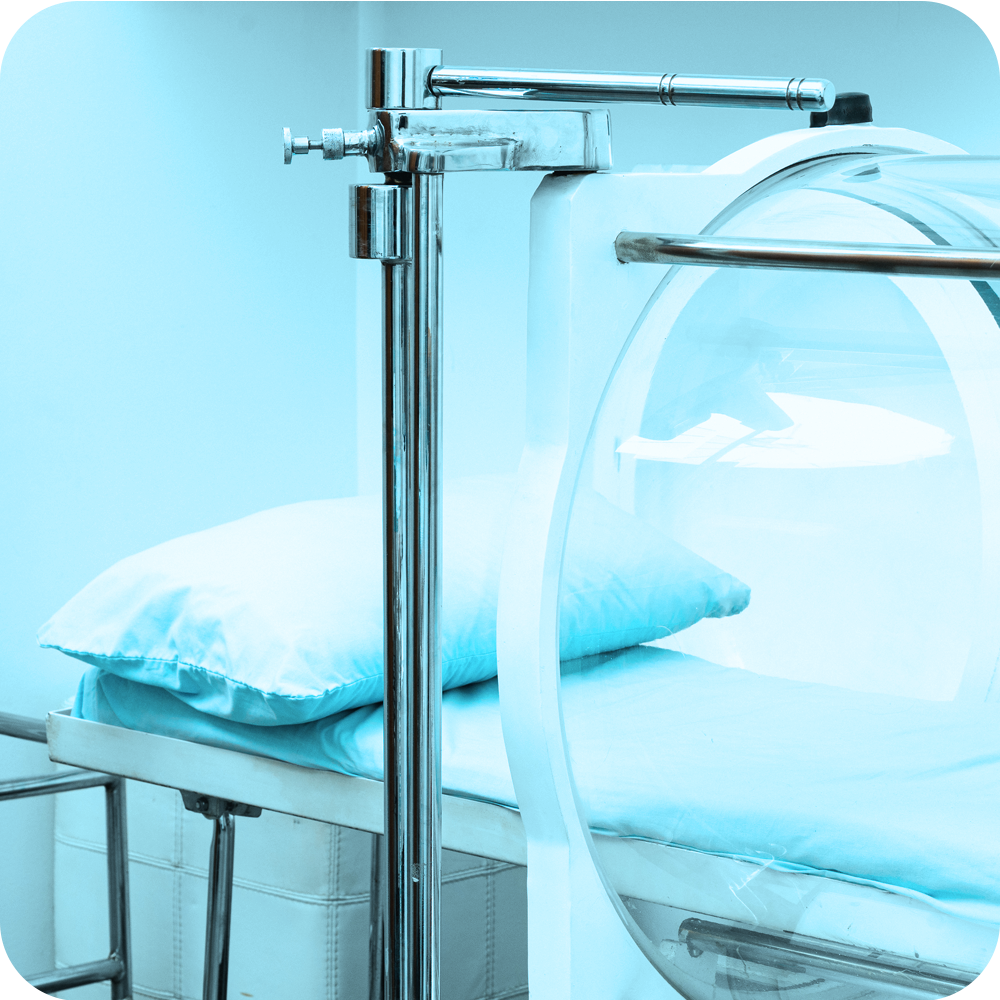
What It Supports and Why It Matters
HBOT is a staple in many regenerative protocols for wound healing, brain fog, musculoskeletal injuries (like shoulder pain or tennis elbow), and post-viral recovery. It floods the body with oxygen, reducing swelling, fighting bacteria, and promoting new blood vessel growth in oxygen-starved areas.
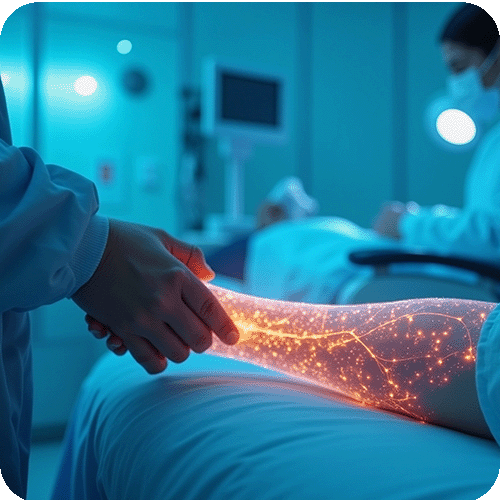
Medical Insights
From a medical perspective, PDT involves three components: a photosensitizer (e.g., aminolevulinic acid applied topically or intravenously), oxygen, and light (usually blue or red wavelengths). The photosensitizer accumulates in target cells, and when activated by light, it produces reactive oxygen species (ROS) that destroy those cells via apoptosis or necrosis. Diagnosis for PDT-eligible conditions typically includes biopsies for cancers or visual exams for skin issues, with staging to ensure it's superficial.
PDT is expanding beyond oncology to antimicrobial uses (e.g., fighting antibiotic-resistant bacteria) and aesthetics, with success rates up to 90% for non-melanoma skin cancers. Conventional alternatives include surgery or chemotherapy, but PDT offers lower scarring and downtime, though it's not suitable for deep tumors.
Cellular Strategies for Healing
At the cellular level, PDT promotes healing by clearing damaged cells and stimulating regeneration. It's often combined with regenerative therapies for enhanced outcomes.
These strategies focus on selective cell death followed by regeneration, making PDT a bridge between destruction and rebuilding.
Stem cells can be integrated post-PDT
to repopulate cleared areas, accelerating tissue repair in wounds or skin rejuvenation.
Exosomes, as tiny messengers, deliver anti-inflammatory signals
to modulate ROS effects, reducing side effects while boosting vascular growth for better healing.
Peptides like those in growth factor blends support collagen production after PDT
aiding skin recovery and minimizing scarring.
Supportive therapies at Quantum Reset, such as ozone (to enhance oxygenation) or HBOT (for ROS management),
complement PDT by optimizing cellular environments.
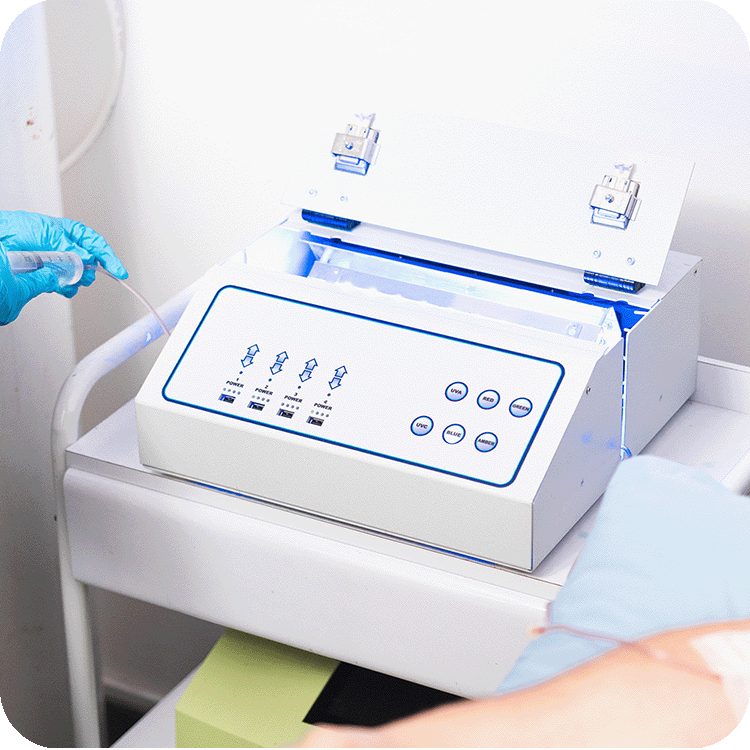
Lifestyle Factors That Matter
Lifestyle plays a key role in PDT success and recovery. Avoid sun exposure for 48 hours post-treatment to prevent photosensitivity reactions—use broad-spectrum SPF 50+ daily. An anti-inflammatory diet rich in antioxidants (e.g., berries, greens) helps neutralize ROS and supports skin health. Gentle exercise like walking promotes circulation, while stress management through meditation reduces inflammation. Hydration and quality sleep (7-9 hours) aid cellular repair, especially when combined with biohacking like red light therapy at home to extend PDT benefits.
Patient Stories
These anonymized stories reflect common experiences, where PDT provides targeted relief when integrated with regenerative support.
"Alex," 52
Struggled with actinic keratosis from years of sun exposure. After PDT combined with exosomes at Quantum Reset, he saw clear skin within weeks, reporting
"It felt like turning back the clock on damage."
"Maria," 45
Used PDT for acne scars; peptides enhanced results, leaving her with renewed confidence
"Understanding the light activation gave me hope for real change."
FAQs on Photodynamic Therapy
What makes PDT different from laser therapy?
PDT uses a photosensitizer activated by light for selective cell targeting, while lasers focus on heat—PDT is gentler with less downtime.
Is PDT safe for all skin types?
Generally yes, but consult for photosensitivity risks; 2025 advancements include nanoparticle-enhanced agents for better tolerance.
How does PDT fit into regenerative medicine?
It clears abnormal cells, allowing therapies like stem cells to regenerate—ideal for skin or wound healing.
What are the costs?
Sessions range from $500–$2,000 USD in Medellín, far less than US prices ($1,500–$5,000), with packages at Quantum Reset.
Can PDT be combined with other treatments?
Yes, often with exosomes or HBOT for amplified healing, as per 2025 protocols.
Ready to explore PDT for your wellness?
Book a discovery call to learn how it integrates with our regenerative approaches.
Want to Learn More Before Booking Regenerative Therapy?
Insights from 1800s Breakthroughs to Today's Regenerative Powerhouses
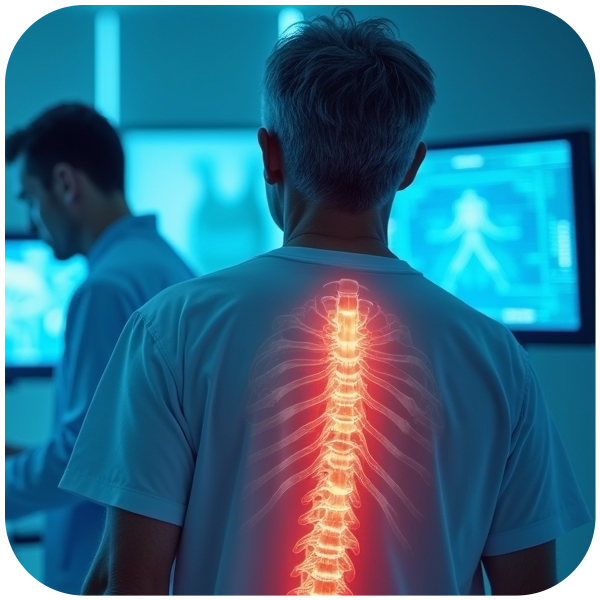
Stem Cell Therapy for Back Pain: A Regenerative Approach to Relief and Recovery
Back pain is one of the leading reasons adults seek medical care, affecting work, sleep, movement, and overall well-being…
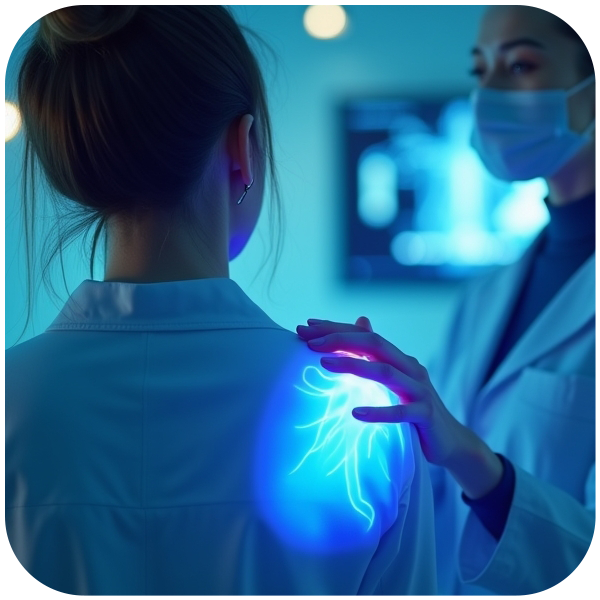
Understanding Frozen Shoulder and How Regenerative Medicine Can Help
Adhesive capsulitis, more commonly known as frozen shoulder, is a fibrotic and inflammatory condition of the…
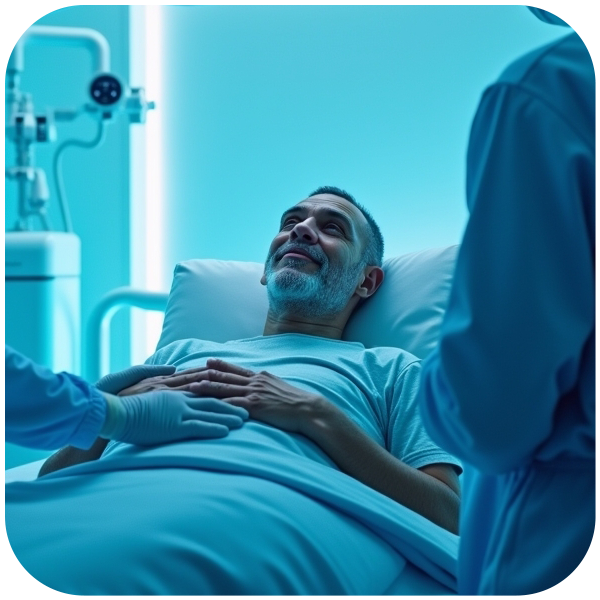
Can Shockwave Therapy
Treat Musculoskeletal Conditions?
From chronic pain to limited mobility, conditions affecting the functioning of the musculoskeletal system can be debilitating…

Disclaimer: This information is for educational purposes and not a substitute for professional medical advice. Consult a healthcare provider for personalized recommendations.
Copyright © 2025 Quantum Reset